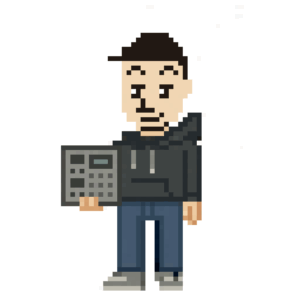Beatmaking is an integral part of modern music production, providing the foundation for genres such as hip-hop, electronic, and pop. One of the most essential tools for beatmakers is the compressor, a device that helps control the dynamics of the mix by manipulating the volume levels of various elements. This article will guide you through the basics of compression and how to effectively use compressors in beatmaking, discussing essential techniques and best practices.
To view the content ahead, you need to register as a paid member. Click here to log in.


Leave a Reply